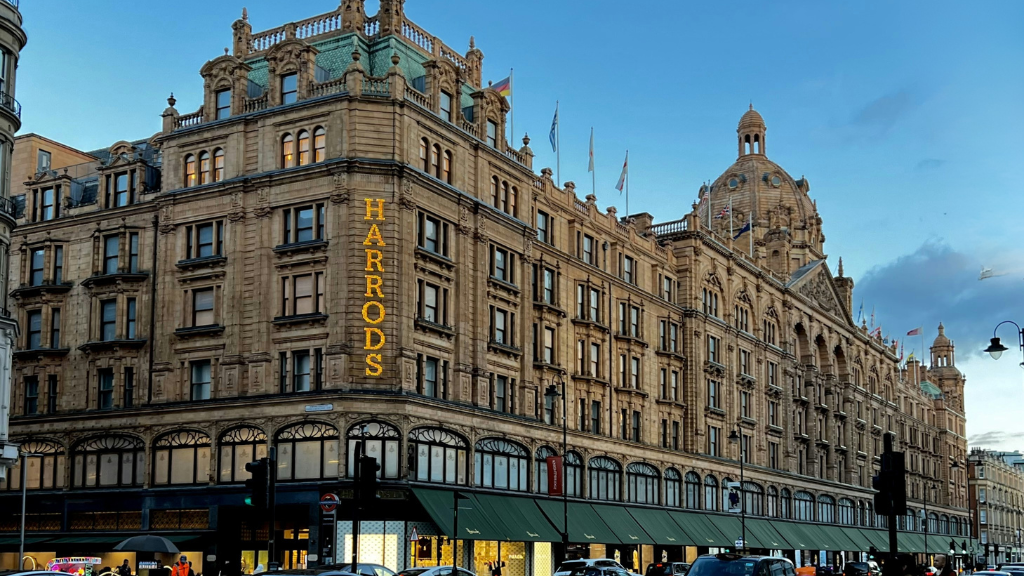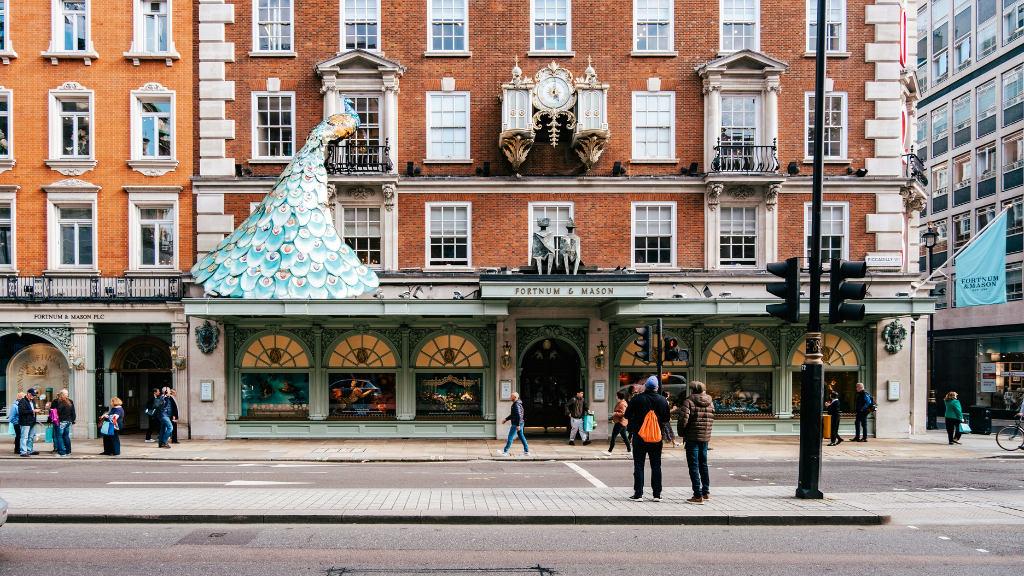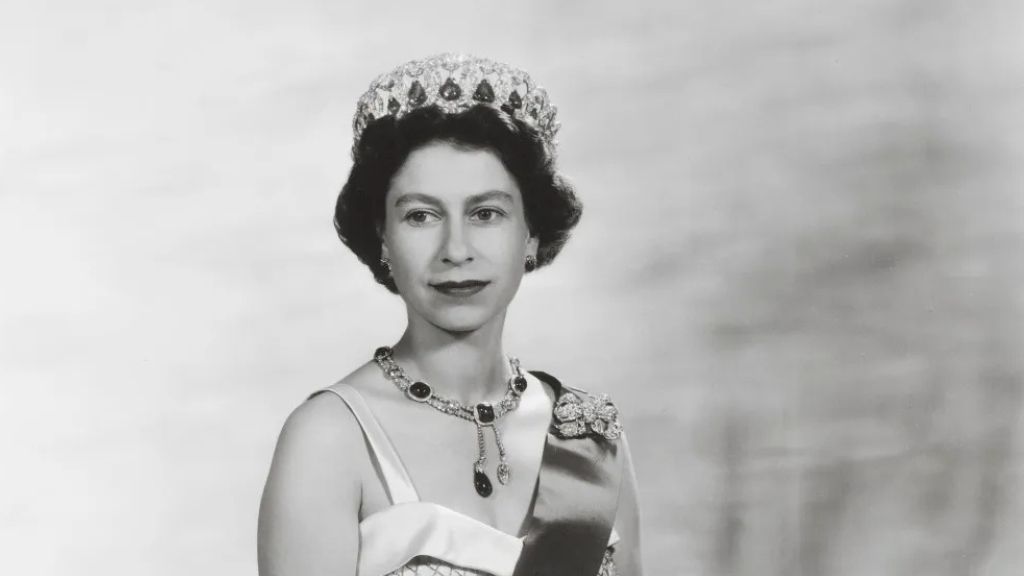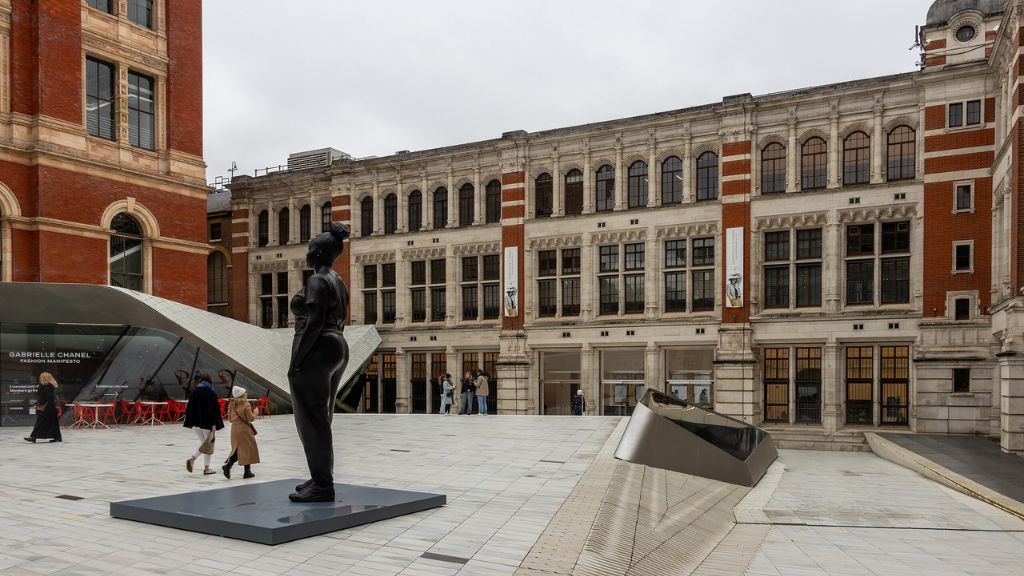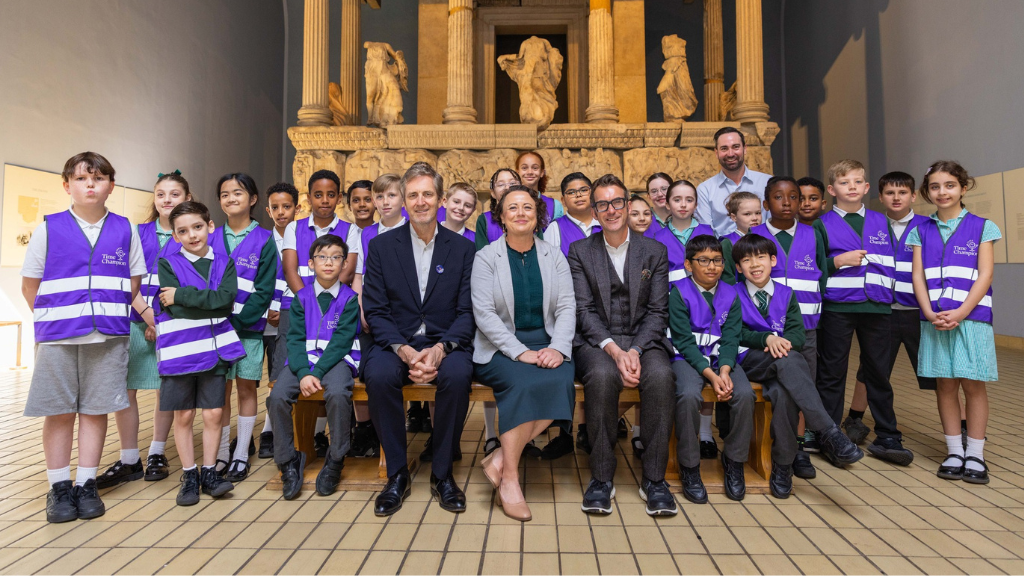
A museum for every child: Frédéric Jousset and the Time Odyssey initiative
Art Explora, a philanthropic foundation created by French entrepreneur Frédéric Jousset, has partnered with the British Museum to launch Time Odyssey – a new interactive programme designed to connect schoolchildren across the UK with their local museums, both in person and virtually. Available in museums across the country, the initiative aims to enhance young people’s engagement with cultural collections. Backed by a personal donation of over £1 million, Jousset’s foundation will cover travel costs for up to 100,000 children to visit participating museums.
Afisha.London magazine attended the launch event at the British Museum, speaking with Frédéric Jousset and Keith Merrin, Director of Tyne & Wear Archives & Museums, about the programme’s goals and the changing role of museums in the lives of young people.
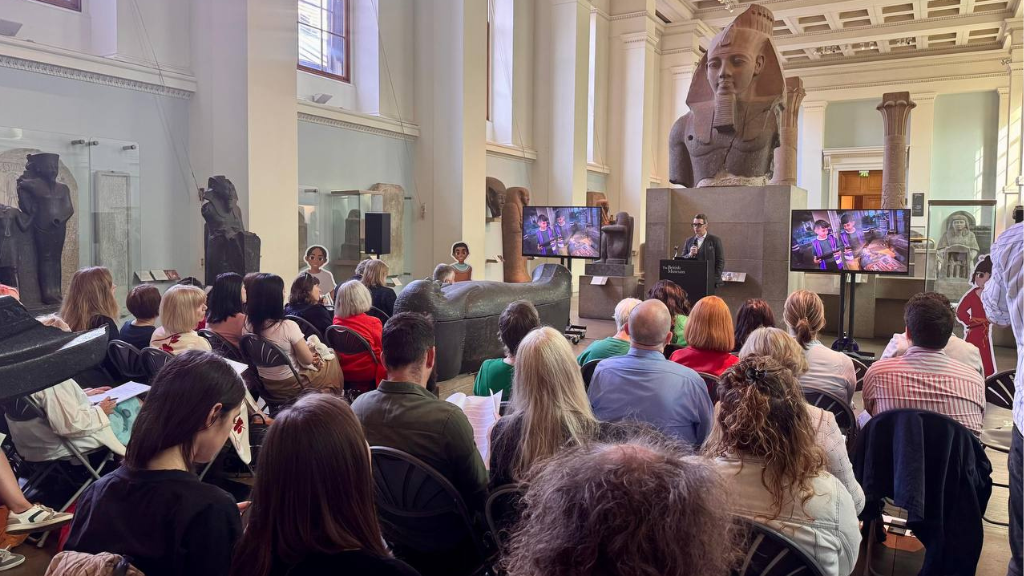
Photo: Afisha.London
School trips to museums are widely recognised as a key element of cultural education – helping to foster creativity and build what educators call ‘cultural capital’. Yet, for many schools, such visits remain out of reach. A recent survey found that over 60% of teachers had not taken their students on a museum visit or any form of school trip in the past year, with lack of funding cited as the main barrier. Time Odyssey specifically targets schools in underserved areas, aiming to make cultural visits both accessible and meaningful. The Yorkshire Museum in York took part in the programme’s pilot phase, welcoming nearly 2,000 pupils from 42 local schools.
Keith Merrin commented: “Time Odyssey is one way we can build connections between museums and young audiences. We want children aged 7 to 11 to feel at ease in a museum environment, to see it as a space where they belong. That early confidence can shape their relationship with culture for years to come.”
Read also: 25 years of artistic experimentation: Tate Modern marks a landmark anniversary
Frédéric Jousset, founder of Art Explora and the project’s principal backer, also shared his thoughts with Afisha.London.
– Why focus on children aged 7 to 11? And do you plan to extend the programme to teenagers?
– “We chose this age range for two main reasons. Younger children tend to have shorter attention spans, while teenagers are often harder to reach due to shifting interests. Around the age of seven, the brain becomes especially receptive – it’s an ideal window for learning and exploration. The programme is designed with that developmental stage in mind.”
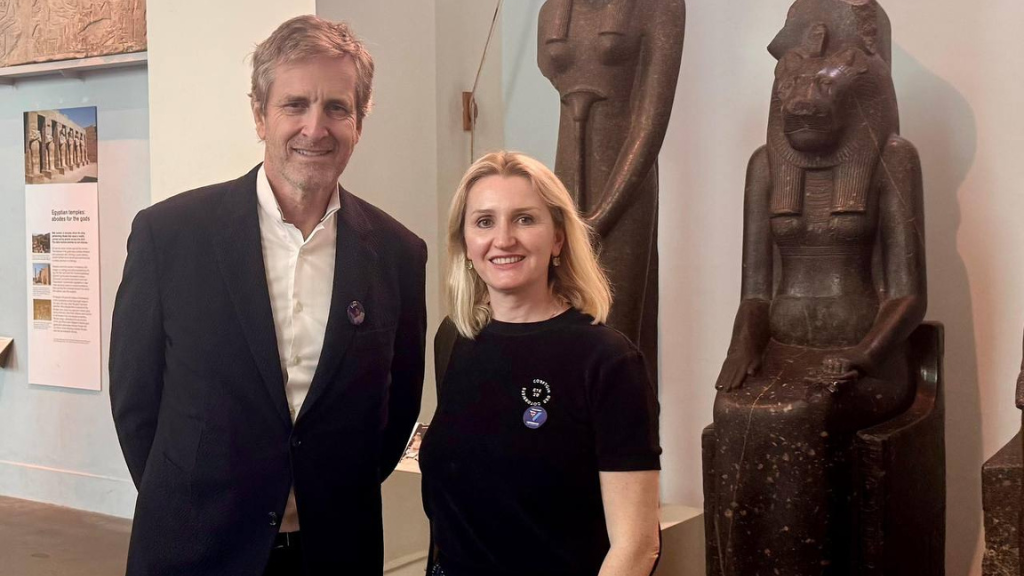
Frédéric Jousset and Margarita Bagrova, editor-in-chief of Afisha London magazine. Photo: Afisha.London
– Given the use of digital tools, do you believe that children today can still engage with art in its traditional form?
– “Absolutely. The technology we use is there to support, not replace, the real experience. The human element remains essential. I believe this tool will also make teachers’ lives easier – the tablet is simply a way to help children navigate large collections with more focus.”
Read also: Serge Lifar: reformer of the Paris Opera, the protégé of Sergei Diaghilev, and friend of Coco Chanel
– Does the programme require teachers to prepare in advance?
– “No preparation is needed. The idea is to give children a direct, physical encounter with works of art – something they’ll remember and hopefully want to return to with their families.”
Jousset adds: “School trips offer enrichment that cannot be experienced in the classroom. This should be a fundamental right for young people, not an optional extra. Time Odyssey levels the playing field, making sure that all children have access to culture, no matter what their background.”
Margarita Bagrova, founder of the London-based educational initiative “Музейный Кот” (“The Museum Cat”), which also works to engage children with museums, shared her thoughts:
“Early engagement with museums plays a crucial role in a child’s cognitive and emotional development. It fosters curiosity, while also nurturing the ability to reflect, to empathise, and to appreciate cultural diversity. By encountering multiple histories and perspectives from a young age, children grow into adolescents better prepared to engage with a complex, multicultural world. Initiatives like Time Odyssey lay the foundation for this process, helping to ensure that museums become truly open and inclusive spaces for all.
I’m genuinely pleased to see the emergence of such an ambitious cultural project for children – especially one that actively includes those from underrepresented and disadvantaged backgrounds. It not only makes culture more accessible, but also contributes to a more balanced and inclusive society, one that sees heritage as a shared responsibility.”
Cover photo: Art Explora
Read also:
Sex Education in Schools: Myths and Realities
Sustainable Technology: The Restart Project
The last Stroganov: how Hélène de Ludinghausen revived a lost Russian legacy
SUBSCRIBE
Receive our digest once a week with quality Russian events and articles






